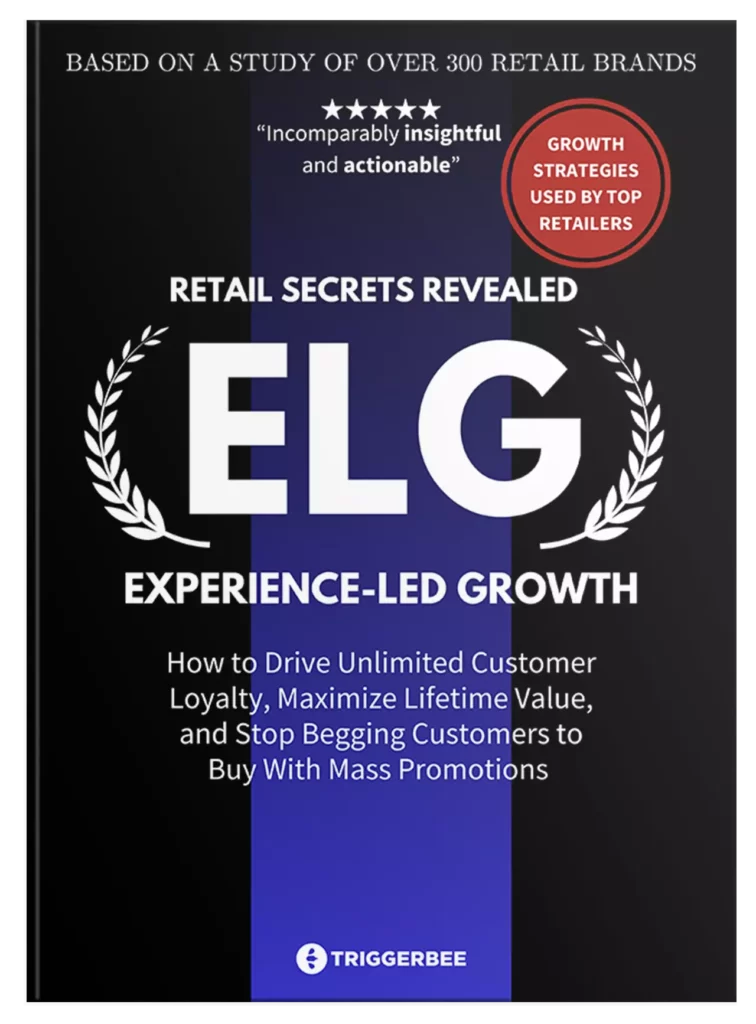What is it?
A/B testing, also known as split testing, is a method where two versions of a webpage, ad, email, or onsite campaign are compared against eachother to see which one performs better. By showing version A to one group of users and version B to another, you can collect data based on user interaction and determine which version achieves your desired outcome more effectively.
There are two ways to run A/B tests; Client-side and Server-side.
| Test type | What is it? | Pro’s | Con’s |
|
Client-side testing
|
Client-side testing involves changes being made on the user’s browser. This is often quicker to implement and allows for testing visual elements like headlines, visual hierarchy, images, and offers. Ideal for testing content that is not immediately visible, but triggered based on an action since the changes of the test is applied after the page has loaded | Easy to set up, great for testing visual changes like imagery, visual hierarchy in copy, CTA texts, and offers. | Less suitable for testing deep functionality, testing visual sections of your website that should be immediately visible when the visitor lands on a page |
|
Server-side testing
|
Server-side testing involves changes being made on the server before the page loads in the user’s browser. This method is more flexible and can test deeper functionality, but it requires more technical resources to implement. | More flexible, can test deep functionality, doesn’t affect page load time. | Requires more technical resources, longer setup time |
Key features and components
There are hundreds of A/B-testing softwares to choose from. In some cases, A/B testing is a feature within a larger platform (i.e. Onsite marketing tools like Triggerbee or marketing automation software like Rule, Klaviyo, Voyado) because you only need to test one or two parameters. Depending on what you want to test, and how you want your test to behave, there are a lot of key features and components. However, here are the foundational features that you need in an A/B testing software:
- Fast test setup: The ability to quickly launch new tests is important. Tools that allow for easy setup without extensive coding or development resources can significantly speed up the testing process.
- Test duration: Determining the correct duration for a test ensures that you collect enough data to make an informed decision without running the test longer than necessary.
- Test metrics: Important metrics in A/B testing include conversion rates, click-through rates, revenue per session, repeat purchase rate and other indicators of user engagement or satisfaction.
- Integrations: Ability to seamlessly integrate with other marketing tools and platforms.
- URL split: Splitting traffic between different URLs to test major changes.
- Targeting: Tailoring tests to specific segments of your audience.
- Good statistical models for analyzing results: Ensuring that the results of your tests are reliable and statistically significant.
- Visual editor: Allowing marketers to create and modify tests without needing to code.
- Multivariate testing: Testing multiple variables at once to see how they interact with each other.
Example tools
- Triggerbee: Ideal for A/B testing onsite campaigns, surveys, promotions, and forms for email signups, membership registrations, and promotional campaigns. Its fast setup of tests, integrations, and focus on simplicity makes it a powerful tool for onsite marketing optimization.
- Optimizely: Known for its robust A/B testing capabilities, including extensive targeting options, a strong statistical model, and multivariate testing.
- VWO (Visual Website Optimizer): Offers a visual editor for easy test setup, along with advanced features like URL split testing and integrations with other marketing tools.
- A/B Tasty: Focuses on ease of use with a visual editor and client-side testing, along with features for targeting and integration.
By leveraging these tools, businesses can refine their online presence, optimize user experiences, and ultimately achieve better conversion rates and higher customer satisfaction. A/B testing remains a cornerstone of digital marketing strategies, allowing for data-driven decisions that can significantly impact a company’s bottom line.

